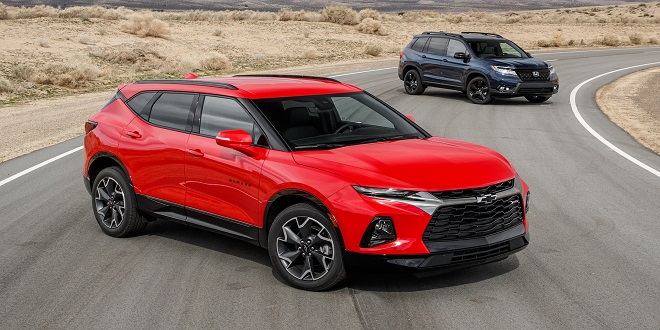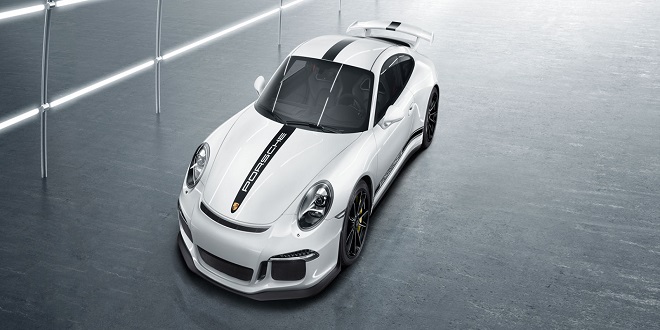What SUV Should I Buy?

Are you looking for a new SUV to buy? There are many options available, and some may even be too many. It can be hard to find the right SUV for you, considering the number of available. TheCarSpecs’ help will make it easy. We test, evaluate, and rank hundreds upon hundreds of vehicles every year, including the newest SUVs.
You can refer to our articles and guides if you don’t know where to begin to find the right SUV.
What is a Sport Utility Vehicle?
SUV stands for “sport utility vehicles”. SUVs are distinguished by their high ride height, high roofs, elevated seating positions, and large cargo areas. These features were crucial to early SUVs which were more functional and rugged than cars. Many SUVs today have a larger body and a higher ground clearance. There is often an option for all-wheel drive or AWD.
Some SUVs are now out of line with industry norms. Many are small and car-like, making them more appealing for daily use but sacrificing their off-road capabilities. Some have the roof removed to give them a more sporty appearance at the cost of luggage and passengers. The SUV market has become more diverse than ever.
What makes a crossover different to an SUV?
Although they are now often interchangeable, crossover and SUV were once synonymous. Before crossovers took over the market for new cars, SUVs were often derived from trucks. They typically had a frame-style design and strong axles. It can increase off-road capability as well as towing capacity, and is why it is still being used by a small number of people today. These utilitarian underpinnings can often lead to significant compromises in on-road comfort, fuel efficiency and interior space.
Crossovers, also known as CUVs, are made with unibody construction. They share platforms with cars and other off-road vehicles. They drive more like cars because of the rigidity provided through chassis and body integration, and the independent suspension. It is possible that the towing capacity or ability to cross difficult terrain might be affected.
The upright dimensions of SUVs, as well as their higher seat height and overall cargo space, are what distinguish them from crossovers. Crossovers are sometimes referred to as SUVs but it would be misleading if all SUVs were called crossovers.
This page explains the technical differences between an SUV or a crossover.
Checklist for SUV drivers: 5 things to consider
Driving an SUV is a different experience than driving a car. You may feel a little slower driving an SUV due to its larger size and higher ride height. Be aware of the dip when you accelerate and brake. You will get used to it, but don’t expect your SUV to drive exactly like a car.
An SUV may appeal to you because of its higher seating position and better visibility. As you look out at the road ahead, make sure that you are able to see around the vehicle. The design of your SUV and its windows can block low-riding vehicles or obscure your view.
An SUV is something you are looking for to transport your family. Don’t just sit in the driver seat. You should also check how comfortable you are in each row’s seat and how easy it is to get in or out. You should also look out for USB ports and vents to ensure rear passengers are comfortable.
You might have a specific purpose for your SUV’s storage options. You might need to transport camping gear, business documents or pets. You can bring your pets along to the test drive if the dealer permits it. To determine the vehicle’s cargo capacity, you can fold the seats down and then stand them up. You can check if there are more storage spaces in the underfloor and center console.
The SUV is a great option for parking. If your SUV is larger than normal, think about where and how you can park it. Is it too large to be stored in a garage? Is it too big for parallel parking? These dimensions should be considered along with any accessories such as bike racks and roof racks.
There are many reasons to buy an SUV
An SUV is the best choice if you need to be able to move around easily and have plenty of space. Because of the cargo space, even small SUVs can prove to be useful for pet owners, outdoor enthusiasts, business owners, and others. For those who live in areas with changing seasons, the SUV’s higher ride height and all-wheel drive option can prove to be beneficial. An SUV can make you feel safer driving, or you may simply prefer to see your surroundings from a wider perspective.
Why an SUV is not a good investment
Avoid buying an SUV if you are looking to improve fuel efficiency and driving pleasure. A vehicle with the same engine as an SUV will be more fuel efficient due to its lighter weight and less drag. These characteristics, along with a lower center-of-gravity, make cars more responsive than SUVs when it comes to handling, acceleration and braking. Ground clearance is not required for people who live in areas with flat roads and temperate climates. If you don’t transport much people or goods, SUVs are not as advantageous than cars.
What’s the difference between AWD & 4WD?
To improve traction, it is best to use all four wheels. This is why most SUV drivers opt for them. There are two options: all-wheel drive (AWD), or four-wheel drive (4WD). Both systems transmit power to all four wheels, but they have different effects and provide different benefits.
All-wheel drive vehicles are more durable and better suited for off-road driving. They are also equipped with creeper gears, traction-enhancing differential locks, and other features that confirm this. Manual shifting is required for some four-wheel drive vehicles. Even if the all-wheel drive isn’t in use, the necessary components can increase the weight or complexity.
AWD, on the other side, is intended to increase traction in more common driving conditions. AWD is often activated automatically regardless of whether the vehicle’s wheels spin or it is on a slippery road. AWD may not be as capable off-road due to limitations in the power available. Certain AWD configurations are designed to offer better handling.
Do you need all-wheel drive? These features are essential if you plan to take your SUV off-road or use it for bad weather driving. FWD and RWD are likely to suffice if the SUV’s main draw is its passengers or luggage. AWD and four-wheel drive can compromise fuel efficiency and increase cost.

